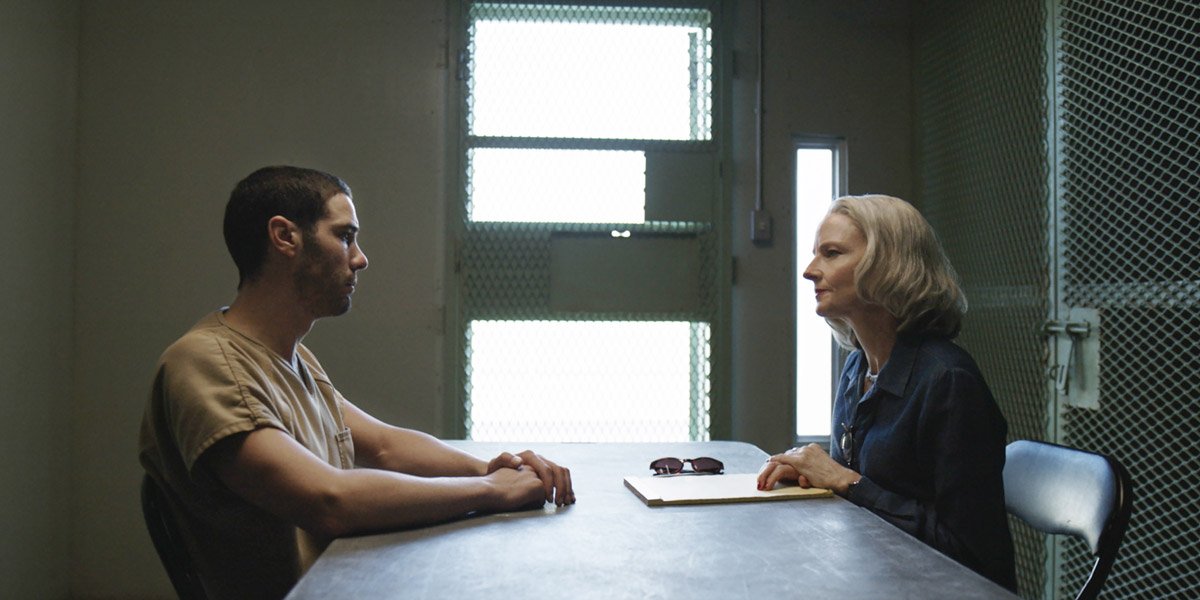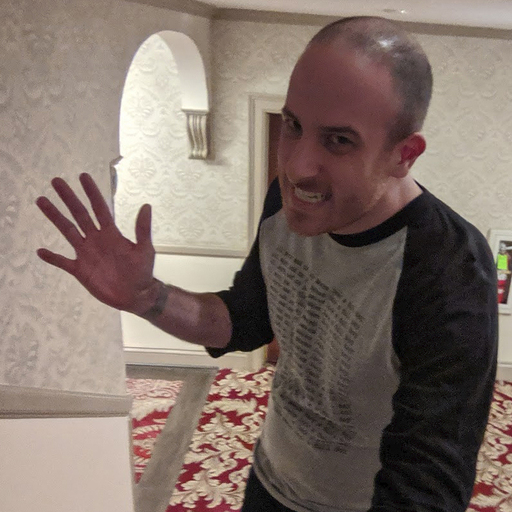The Horrible Reference To Star Wars That Had To Be Replaced In The Mauritanian

As it should be, the extended torture sequence of Tahar Rahim's Mohamedou Ould Slahi in The Mauritanian is grueling to watch. It unfolds late in the film, and it’s only made more brutal by the fact that everything preceding it in the non-linear story aligns you with Mohamedou’s perspective, innocence, and humanity. It’s made a visceral and scary experience for the audience, with purposefully disorienting editing and images, and while much of it is based on what actually happened in real life, there is one unsettling detail that couldn’t be used in the movie: the guards performing the torturing wore masks of Star Wars characters.
I learned this terrible piece of trivia late last month when I had the opportunity to talk to director Kevin Macdonald during the virtual press day for The Mauritanian. Having been shaken by the film’s depiction of torture, I asked the filmmaker about the logistics of putting together that kind of sequence. In his description, he explained that one thing the production had to specially design were the masks worn by the guards because getting the rights from Lucasfilm wasn’t going to happen. Said Macdonald,
A lot of time went into designing, expanding sets that got bigger and smaller, the lighting design, the varying speed of the camera, and designing the masks that these guards wore. Because in reality, the masks that were worn by the people who tortured him were Star Wars characters. They were Yoda and Luke Skywalker and all the others. And every day they would argue about who would be Luke Skywalker. Now obviously we couldn't get the rights from Lucasfilm, so we had to make up our own masks, and we chose to go down and kind of more fairytale kind of route in a way.
Instead of being disguised as Star Wars characters, the abusive guards wear a cat mask and what looks like a goblin mask, which, when combined with the flashing lights, quick cuts, and odd angles, does have that fairytale-meets-nightmare aesthetic desired.
As noted by the director, the torture sequence in The Mauritanian is also unlike any other in the film. For most of its 129 minute runtime it’s a legal drama, centering on Mohamedou Ould Slahi’s detention in Guantanamo Bay while lawyers Nancy Hollander (Jodie Foster) and Stu Couch (Benedict Cumberbatch) prepare their cases for and against him, respectively. When it’s discovered what the innocent man had been put through, which is basically every government sanctioned torture method on the books, it becomes an entirely different kind of movie. Kevin Mcdonald explained,
It's also a completely visual and aural sequence in a film, which is otherwise very talky. There's a lot of chats, legal drama, it's a lot of chat. And then you get to it like 15 minute section where really it becomes a completely cinematic movie.
Powered by RedCircle

Based on the memoir Guantanamo Diary by Mohamedou Ould Salahi, The Mauritanian depicts the author’s experience of being taken via extraordinary rendition from his home in Mauritania due to the United States government believing him to be a key contact of Osama Bin Laden's, and a player in the terrorist attacks on September 11, 2001. He was kept as a prisoner in the Guantanamo Bay detention camp for nearly a decade-and-a-half without being formally charged with a crime, and the movie chronicles that arduous, terrible time beginning to end.
The physical and mental torture that Mohamedou Ould Salahi underwent during his time in incarceration was something Kevin Macdonald understood needed to be treated with great care in the making of his film – which he also recognized held some important significance. While we have seen movies made about the “enhanced interrogation techniques” that were used by the United States after September 11th – such as Zero Dark Thirty and The Report – The Mauritanian features a perspective that those features don’t:
We spent a lot of time, the DP, the designer, and I, talking about how we would do – and the writers – how we would do these sequences because, obviously, it's the center of this story in a way is that the character is, no surprise, is severely tortured and abused. And you don't want to do that in a way that's going to make all the audience get up and leave their seats or switch off if they're watching at home, as they may be.But at the same time I wanted to make this a really powerful, emotional experience that explains everything that we've seen up to that point, and also see it from, this is a crucial, see it from Mohamedou's point of view. This is a movie unlike any other that I think has been made where you are compelled to empathize with a Muslim man accused of terror and see what he goes through.
Continuing, Macdonald explained that translating the perspective of Mohamedou Ould Salahi was a priority – and added that making the film that way ultimately influences the way you watch it. If you break it down moment to moment, as Kevin Macdonald noted, it’s not horribly violent, but it possesses an extra, horrible impact that comes with having sympathy and empathy for an innocent man experiencing a constant nightmare. Said the director,
Your Daily Blend of Entertainment News
I think that's an uncomfortable experience for people at the best of times, but when you have to go see him go through the pain that he goes through in these torture sequences, it's a lot. But we wanted to make it as subjective as possible, and so we use a kind of surrealism, we use kind of fantasy in there. You actually don't see that much violence; it's probably less violence than your average Marvel movie. You see a few punches being thrown, you see some water being poured onto his face, but it's really the psychological aspect of it that I think is the thing that is so disturbing.
The Mauritanian, which just earned Golden Globes nominations for the performances by Tahar Rahim and Jodie Foster, and also co-stars Shailene Woodley, Zachary Levi, and Corey Johnson, arrives in theaters this Friday, February 12.

Eric Eisenberg is the Assistant Managing Editor at CinemaBlend. After graduating Boston University and earning a bachelor’s degree in journalism, he took a part-time job as a staff writer for CinemaBlend, and after six months was offered the opportunity to move to Los Angeles and take on a newly created West Coast Editor position. Over a decade later, he's continuing to advance his interests and expertise. In addition to conducting filmmaker interviews and contributing to the news and feature content of the site, Eric also oversees the Movie Reviews section, writes the the weekend box office report (published Sundays), and is the site's resident Stephen King expert. He has two King-related columns.
